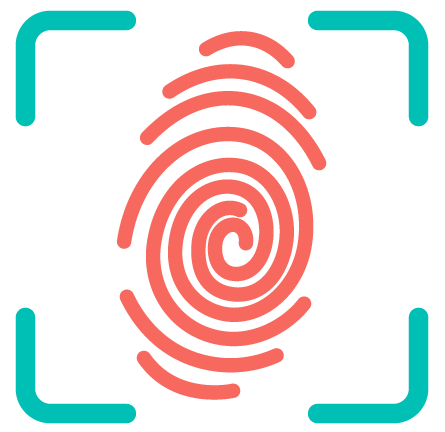What costumes are worn for Bollywood dance?
The Hindu Kathak dancer wears either a sari or a long full skirt that reaches the ankles. The sari is wrapped around the waist and its end hangs down from the left side. A blouse covers the upper body and a tika usually adores the forehead along with the customary jewelry in the ears, nose and neck.
What costume do Kathak dancers wear?
The Kathak costumes were initially ghaghra (long skirt), Choli (Blouse) and a veil. Gradually, it gave way to churidhar, pyjamas and angrakha and finally a sari for women. For the men, the Odissi dance costume is the Dhoti.
What costumes are usually used in Bollywood films and performances?
Some of the popular Bollywood costumes are as follows:
- Traditional Dancer Costumes – Indian cinema always has paid tribute to Indian traditional dances such as Kathak and Bharatnatyam.
- Courtesan Dance Costumes –
- Item Song Costumes –
- Costumes for Fun Song & Dance –
How is the Cheraw performed?
The Cheraw dance is characterized by the use of bamboo staves, which are kept in cross and horizontal forms on the ground. While the male dancers move these bamboo staves in rhythmic beats, the female dancers perform by stepping in and out of the bamboo blocks.
What makes Indian dance unique?
The emphasis in Indian dance is about story telling and expressions contribute to that. “The eyes should follow the hands,” says Mehta. “That means they can move a lot. There are a few main facial expressions to show, such as anger, sadness, happiness and love.
What’s behind the fizz of Indian dance?
Dramatic facial expressions and cinematic pizzazz means any viewer, dance aficionado or not, can follow the story. But beneath the fizz is a series of historic symbols and traditions, which originate in India’s numerous traditional dance forms.
What are the features of Bollywood dance?
Bollywood dance explained 1 Hand movements. These are hand movements that act as a form of sign language to help to tell a story or demonstrate themes such as weather, animals or places. 2 Neck and head movements. 3 Facial expressions. 4 Foot movements. 5 Costume. 6 Nataraj, or lord of the dance.
Why is facial expression important in Indian dance?
Facial expression and eye movements are essential components. The emphasis in Indian dance is about story telling and expressions contribute to that. “The eyes should follow the hands,” says Mehta. “That means they can move a lot. There are a few main facial expressions to show, such as anger, sadness, happiness and love.
